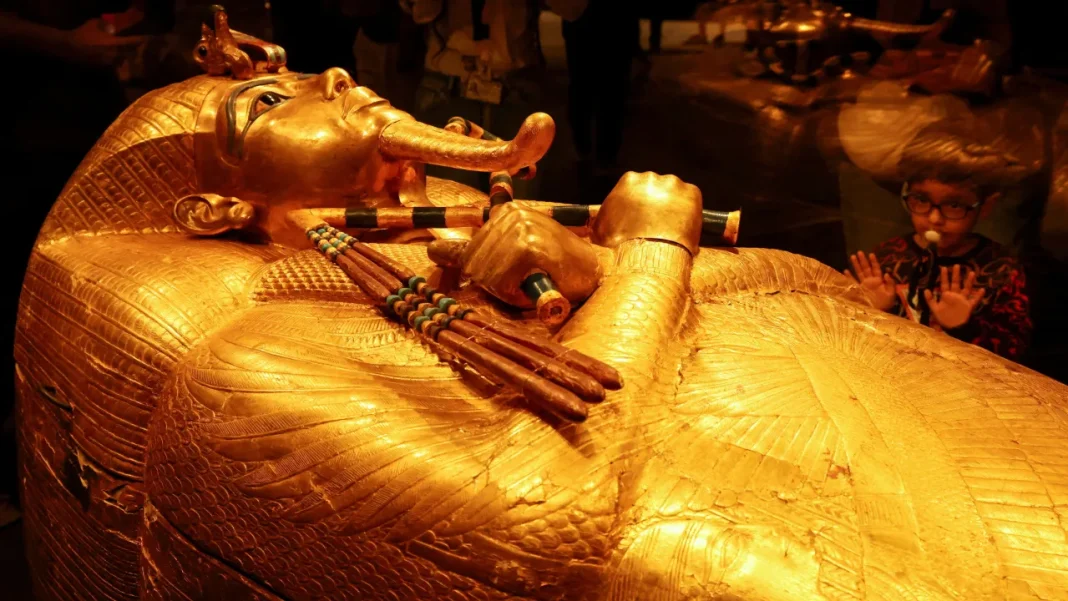In recent years, the call for the repatriation of ancient artifacts has gained momentum, with Egyptian experts advocating for the return of key historical items from European museums. This debate taps into broader discussions about cultural heritage, colonial history, and rightful ownership.
Historical Context of Egyptian Artifacts

The fascination with ancient Egypt has long captivated Western audiences, leading to extensive collections of Egyptian artifacts in museums across Europe. These collections often include significant cultural treasures, some of which were obtained under questionable circumstances during periods of colonial rule. This historical context frames the debates on repatriation, highlighting the complexities of ownership and stewardship.
Many of these artifacts, ranging from mummies to intricate statues, are seen as national treasures by the Egyptian authorities. They argue that these items belong in Egypt where they were originally created and used. The cultural and historical significance of these artifacts is immense, providing insights into ancient Egyptian civilization that are invaluable for both education and national pride.
Arguments for Repatriation

Egyptian experts emphasize the moral and ethical obligation of returning artifacts to their rightful home. They argue that these pieces are integral to Egypt’s cultural heritage and identity. Repatriation is seen not only as a correction of historical injustices but also as a vital means of reuniting cultural property with its people.
Furthermore, advancements in technology and conservation techniques have bolstered Egypt’s capacity to care for and display its own artifacts. This supports the argument that Egypt is equipped to manage and preserve these treasures in their historical context, providing enriched perspectives for both local and international visitors.
European Museums’ Perspective

European museums, on the other hand, provide varied responses to repatriation requests. Many institutions assert that their collections serve as educational resources that allow global audiences to appreciate diverse cultures. By housing artifacts from around the world, these museums argue that they foster intercultural dialogue and understanding.
Some museums also point to legal and logistical challenges associated with repatriation, including the provenance of items and the complexity of international agreements. Others express concerns about the potential precedent repatriation might set, fearing it could lead to the dismantling of extensive collections.
Pathways to Resolution

Despite differing viewpoints, there are constructive dialogues underway aimed at finding solutions that satisfy both parties. Collaborative exhibitions and sharing agreements have been proposed as potential pathways. Such partnerships could enable the sharing of artifacts between institutions, providing both access and recognition of their origins.
Another promising avenue includes joint research and conservation projects that allow both Egyptian and European experts to work together in exploring and preserving these ancient treasures. These collaborations could lead to a more nuanced understanding of the artifacts’ historical significance, benefitting both cultural institutions and the broader public.
The discourse surrounding the return of Egyptian artifacts from European museums is complex and multifaceted, requiring careful negotiation and mutual understanding. As the call for repatriation grows, it presents an opportunity for dialogue and cooperation, paving the way for a more equitable handling of cultural heritage.





